In this eighth first part of our guide, we will see arenas and scenarios previously exclusive to Super Smash Bros. for Nintendo 3DS
With the eighth episode of ours advanced guide to arenasthe scenarios exclusive to the 3DS version from Super Smash Bros. 4. We will therefore see landscapes initially found only in the portable incarnation of the fourth chapter, before moving on to one of the last lessons in the appendix of this long project carried out for several months (not to say two years …!). In this case, we will analyze the condition in which the wrestlers are defenseless (helpless), or their free fall after a special attack upwards (but not only) before touching the ground. Let’s begin!
Preamble of the Appendix
Here’s what to expect from the Super Smash Bros. Ultimate arena and scenario guide. In each of these twelve events, we will talk about each scenario, its origins, who are the fighters who play at home and, in the case of the DLC, also the availability. No scenario, except for the aforementioned downloadable content, needs to be unlocked: everything is available right from the start of the game. Ironically, you may need to unlock historically associated characters at certain levels, but there is a guide for that too. Furthermore, as for the wrestlers, here too the images precede their respective section. Are you ready?
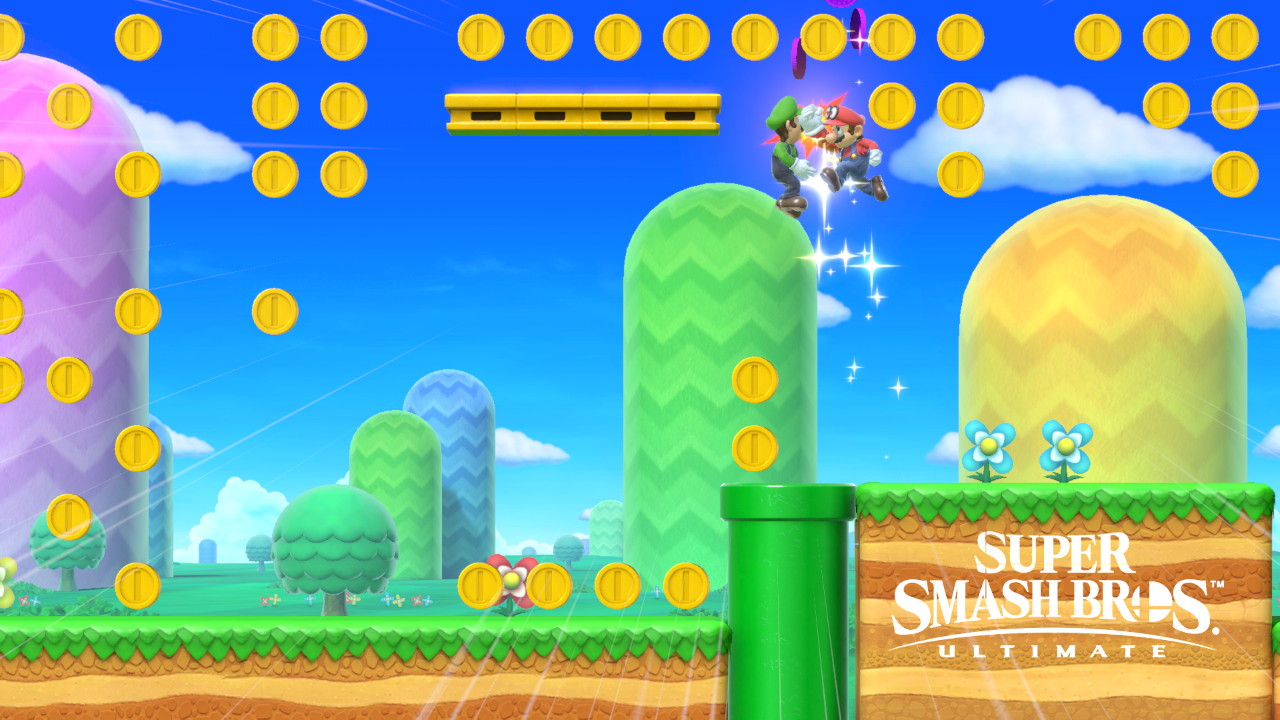
Golden Pastures – advanced guide to Super Smash Bros. Ultimate arenas and scenarios
Our guide today restarts with the only one of the various arenas among the many scenarios of Super Smash Bros. for Nintendo 3DS to boast an interface created specifically for the stage. The layout of the Golden Pastures it goes back and forth in a typical New Super Mario Bros. 2 level, spawning eight red coins (worth 2) each time a red ring is touched. Stepping on a P-Switch, on the other hand, makes a lot of blue ones appear. Reaching a hundred coins involves a temporary transformation: the hits inflicted while turning to gold are really bad! Of course, there are both platforms and walk-offs.
- Origin: New Super Mario Bros. 2
- Stage representative of: Mario, Luigi, Peach, Bowser, Bowser Junior (costumes from 2 onwards)
- History: We would also have included Bowser Junior himself, among the characters represented by this arena. However, it is a scenario taken from the only chapter of the New series to disgrace the prince of the Koopas. In its place, the Bowserotti are the bosses, although it is difficult to lose with all the lives at your disposal. The original game is in fact quite easy precisely because of the overabundance of coins. The interface of the 3DS version, in Ultimate, moves the coin counter under each character’s dammeter.
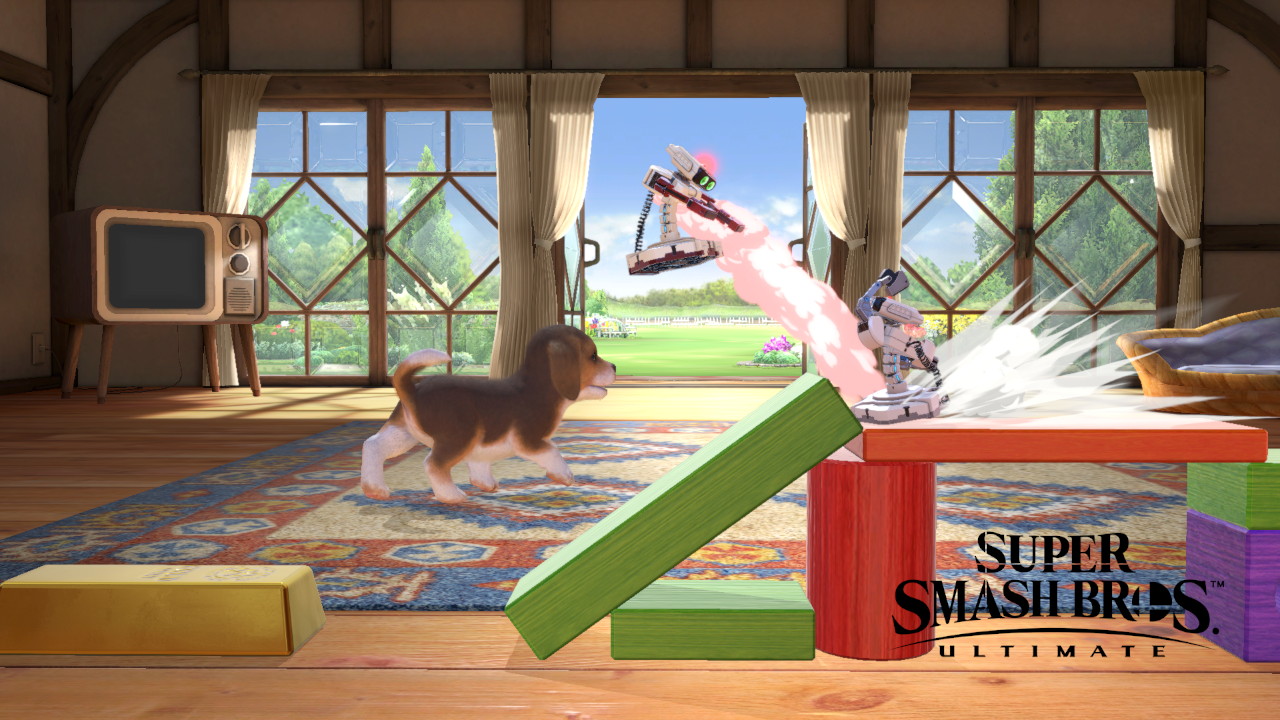
The Living Room – advanced guide to Super Smash Bros. Ultimate arenas and scenarios
This scenario was born as a gigantic link between two walk-offs… at the beginning of the match, at least. As the battle continues, from above de The living room various toys will fall, which will act as both a source of danger (by falling) and platforms. The various trinkets will be present on the arena until they disappear.
- Origin: Nintendogs
- Stage representative of: Nintendog (assistant), technically ROB (for the scenario theme)
- History: The Nintendogs simulator is Shigeru Miyamoto’s passion fruit for pets. The dogs (and later, on 3DS, the cats) in the game can be looked after, pampered and entertained with various pet toys in a living room very similar to the one here.
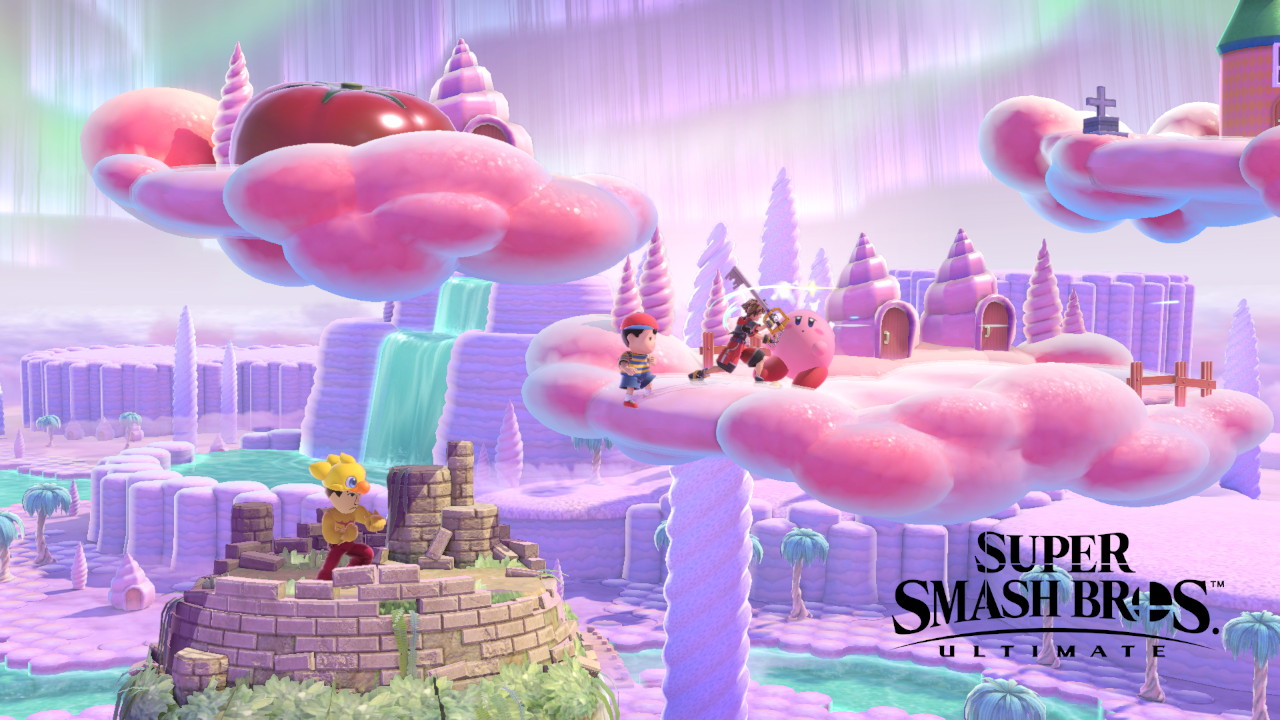
Magicant – Super Smash Bros. Ultimate arena and scenario advanced guide
Three solid platforms, one in the center at the bottom and two on the sides. What could go wrong, in terms of competitive, with Magicant? In fact, a little bit of everything (which is also why we love it). Outside of Dungeon Man, which is a sentient mountain that serves as a solid platform and occasionally crosses the chasm beneath the arena, there are other dangers. As soon as you see a Flying Man, touch him first and you will have an NPC ready to fight alongside you. When one is defeated, a tomb appears on the platform to the right. Up to five can be hired (and sent to the graveyard) per match.
- Origin: MOTHER/EarthBound Beginnings, MOTHER 2/EarthBound
- Stage representative of: Ness
- History: In both games in which it appears, Magicant is a dream realm that exists in the minds of some characters. In the first MOTHER she is Queen Mary, an astral projection of Maria, the grandmother of the protagonist Ninten. Her Magicant of hers is where Ninten learns the lullaby to calm the first incarnation of Giygas. In EarthBound, on the other hand, this world is part of Ness’s mind, and it is from the projections of his memories that the idea of reproducing scenes from both games was born through gashes in the sky of the arena.
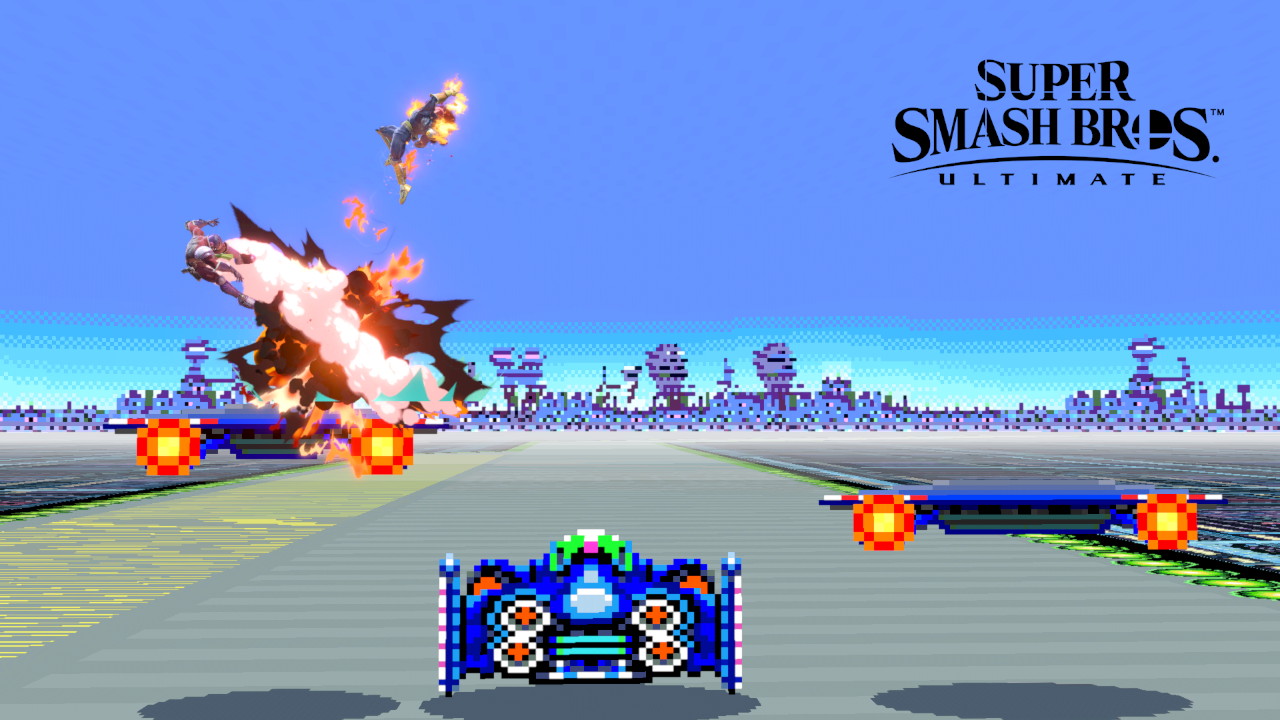
Mute City SNES – advanced guide to Super Smash Bros. Ultimate arenas and scenarios
Three cities, three circuits, and three F-Zeros (out of five, counting Maximum Velocity and GP Legend per GBA) represented: just as Big Blue takes up the style of F-Zero X (N64) and Port Town evokes the F-Zero GX instead (GCN), with Mute City SNES back to basics. The four original pilots whiz around the track, while players must carry on the battle on the two platforms. Falling on the track, if it is not obvious, causes damage.
- Origin: F-Zero
- Stage representative of: Captain Falcon
- History: Mute City is usually the first track among the various tracks present in each game in the series. A curiosity that is often ignored is the design of the platforms. In the case of the flat version of the scenario, the appearance remains faithful to the original series: it is in fact the Official Recorder, or the device that recharges the vehicles when they are on the bands on the sides of the track. The vehicles are the Blue Falcon (Captain Falcon), Golden Fox (Dr. Stewart), Wild Goose (Pico) and Fire Stingray (Samurai Goroh).
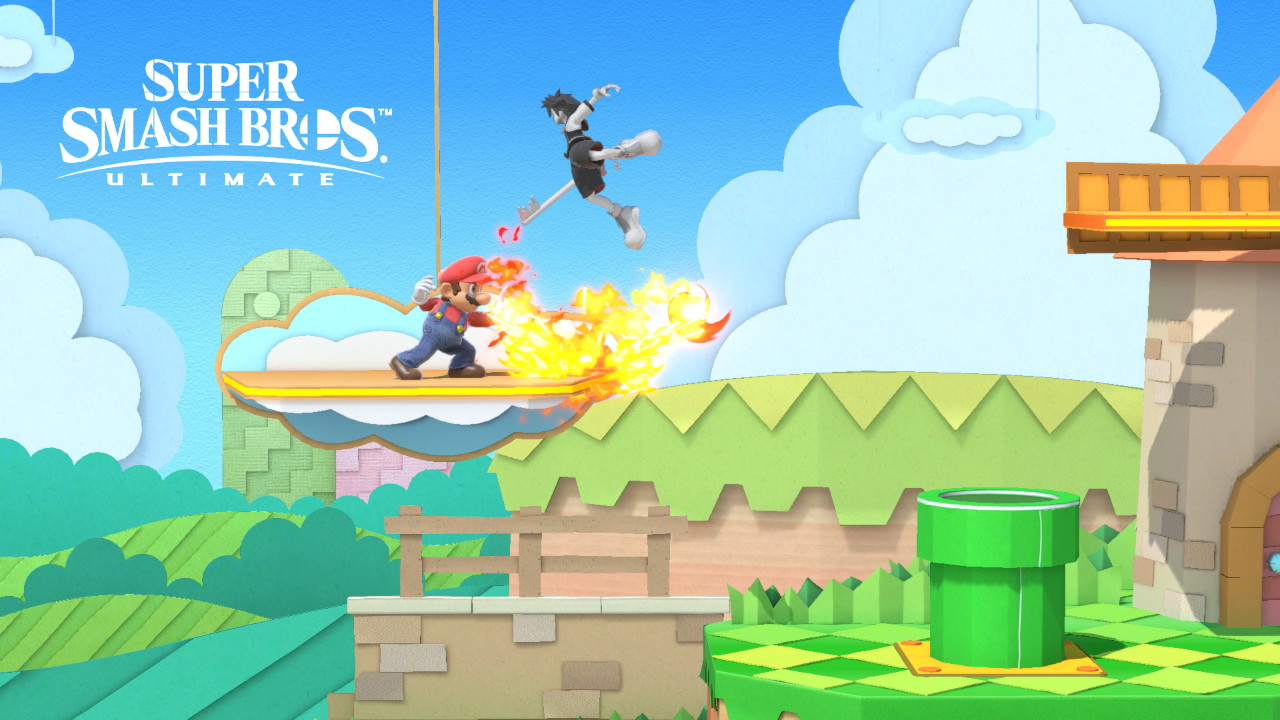
Paper Mario – Super Smash Bros. Ultimate arena and scenario advanced guide
The three cyclical layouts of Paper Mario they are very different. The first is a windmill, with a raised solid platform and a walk-off to the left, where the wind affects mobility. The second is a ship that acts as a solid platform, surrounded by water and with three platforms that can be crossed above it. Finally we have the entrance to Bowser’s Castle, where the latter alternates two platforms (one for each half of the skull reproduced) in the center and two mobile platforms on the sides.
- Origin: Paper Mario Sticker Star, Paper Mario and the Millennial Portal
- Stage representative of: Mario, Luigi, Peach, Bowser
- History: The first and third layouts come from as many locations of the still discussed episode of the Paper Mario role-playing game series released for Nintendo 3DS, or Sticker Star. The mill comes from Lungolargo Hill, while the final castle is Bowser’s Flying Castle. From the much loved The Millennial Portal for GameCube, however, we have the middle layout. The Marconia is the ship in which Admiral Cannonio has to come to terms with a sense of guilt that has tormented him for years.
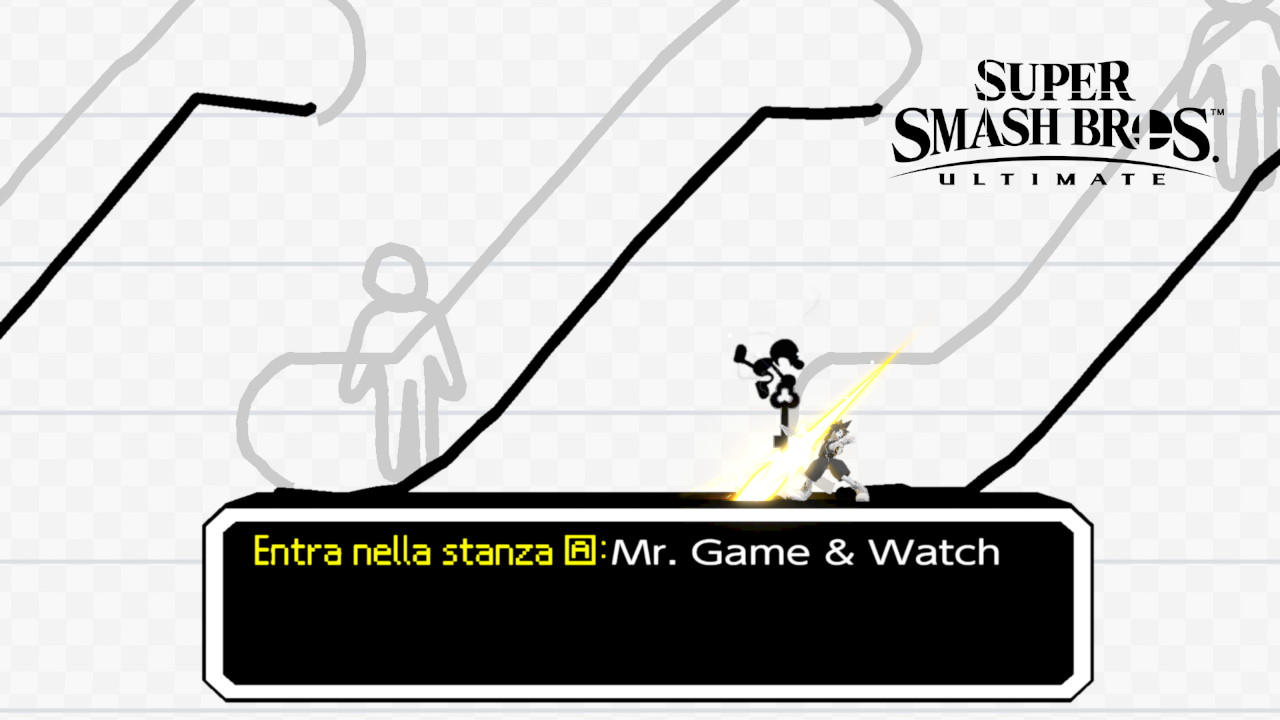
PictoChat 2 – advanced guide to Super Smash Bros. Ultimate arenas and scenarios
After the introduction of PictoChat as a representation of Nintendo DS in Brawl, it was only natural to see a sequel to this scenario in the fourth chapter. The basic idea behind PictoChat 2 it’s simple: a single flat arena, but with the constant interference of the most disparate designs. We do not need to describe each of the 27 (!!!) different types of dangers, as the drawings are self-explanatory. Suffice it to say that some elements pay homage to other IPs, including one inspired by Pac-Pix (launch title for Nintendo DS) with the complicity of the presence of Pac-Man in the roster.
- Origin: PictoChat
- Stage representative of: none in particular (ROB was unlocked here in Super Smash Bros. for Nintendo 3DS)
- History: PictoChat was pre-installed software on every Nintendo DS system. You could use it to chat with all nearby players, even sending scribbles that never got saved. The app, synchronized with the console’s internal clock, also used to wish a happy birthday to those who celebrated it on that day.
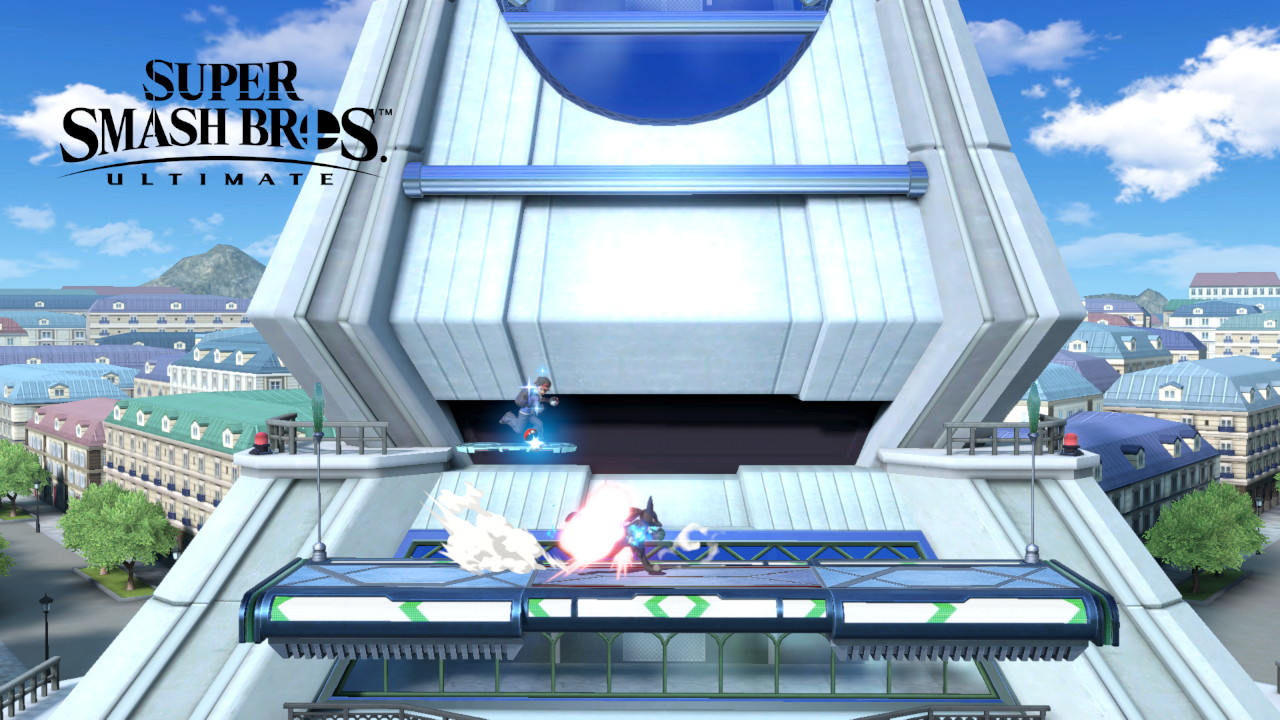
Prisma Tower – advanced guide to Super Smash Bros. Ultimate arenas and scenarios
The Pokémon equivalent of the Eiffel Tower hosts new fighters as a traveling scenario. After the first few bars on the floor (read: two walk-offs), the Prism Tower he certainly does not allow himself to be prayed for. Soon, in fact, it is the platforms that dominate, while the Pokémon in the background alternate and the sun gradually gives way to the night sky.
- Origin: pokemon x and y
- Stage representative of: Pikachu, Pichu, Jigglypuff, Mewtwo, Lucario, Greninja, Pokémon Trainer (seventh costume)
- History: We have already had the opportunity to praise Lumiose City for its boundless ambition, as the nerve center of Kalos is still the most populated city (416 inhabitants in total). Suffice it to say that in replicating (to scale!) Paris, Game Freak certainly did not skimp on urban planning, and the view from above of the flat variants of the scenario proves it. The webcomic Brawl in the Family at the time made fun of the maze of alleys of Lumiose when the Prisma Tower was confirmed as an arena.
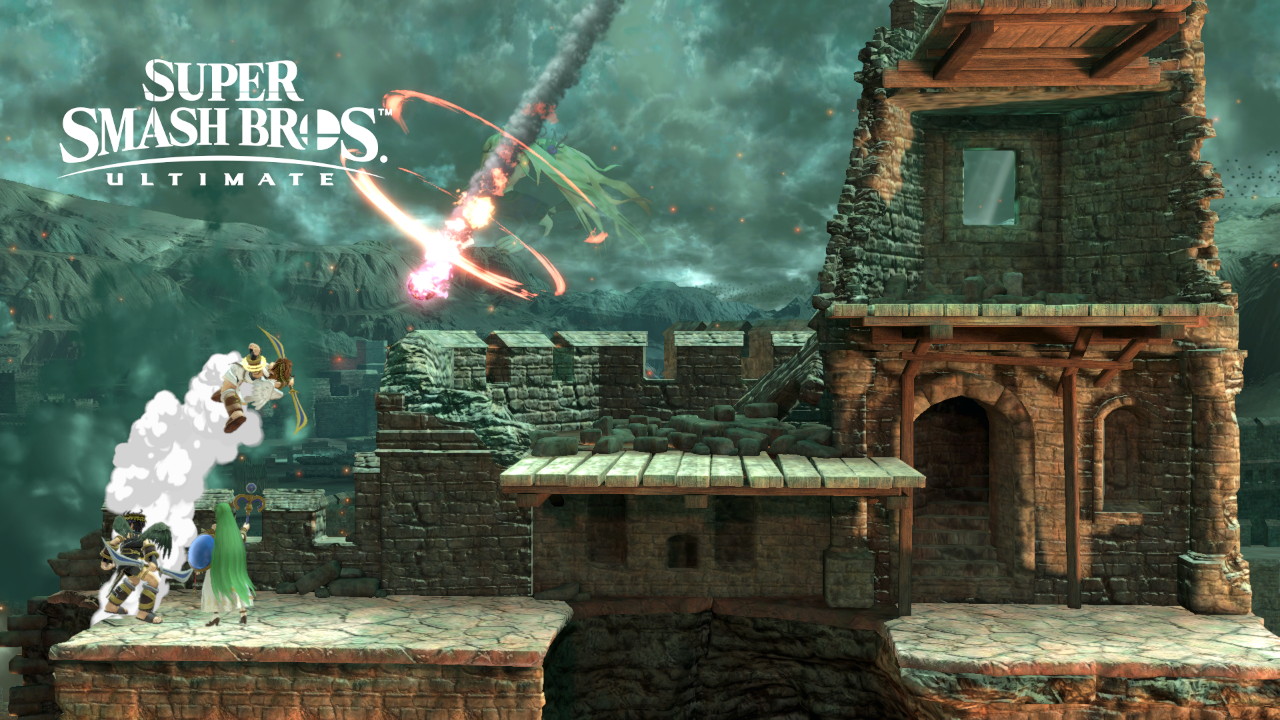
Forest Zero – advanced guide to Super Smash Bros. Ultimate arenas and scenarios
We weren’t kidding when we talked about increasingly complex level designs: even the Foresta Zero is one of the multiple layout arenas (one minute for each). The first consists of two solid platforms and three passable ones, while the second has eight (inclined) platforms suspended in the air plus two walls. Below the stage, during the second phase, an Ondosseo peeps out, but unlike those found in the Smash Adventure mode of the 3DS version, this one cannot be attacked.
- Origin: Kid Icarus Uprising
- Stage representative of: Pit, Dark Pit, Palutena
- History: This scenario is the scene of Chapter 11 of Kid Icarus Uprising, in the midst of a war between the forces of nature led by the goddess Viridi and an army of humans (due to a plan concocted by Hades). The Zero bomb, as its English name implies (Reset Bomb), restores whatever comes within its range to its original state, replacing all traces of civilization with nature. Viridi’s scream (“Finally, human scum, this world will be better without you!” In the Italian translation) is taken verbatim from the original (albeit re-doubled) game.
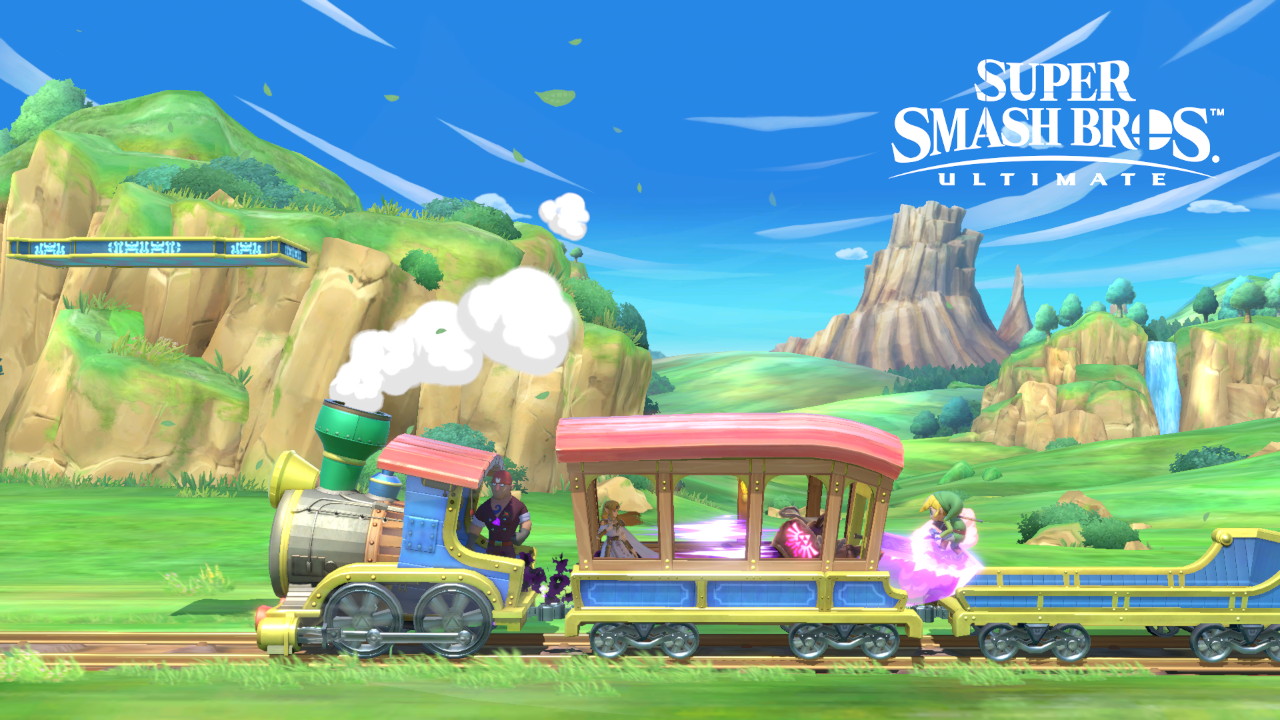
The train of spirits – advanced guide to arenas and scenarios of Super Smash Bros. Ultimate
Shown during the first trailer of the 3DS version, the Train of Spirits it consists of a locomotive and the wagon pulled by it, plus the canopy as a platform that can be crossed. In addition to this, however, the layout also depends on various interferences, be it the hateful Bomb Trains or extra wagons. The driver is Link, but (if we really have to mention the meme) if one of the Link fights on the arena, it is Vittorino who takes his place.
- Origin: The Legend of Zelda: Spirit Tracks
- Stage representative of: Cardboard Link
- History: Spirit Tracks is set …






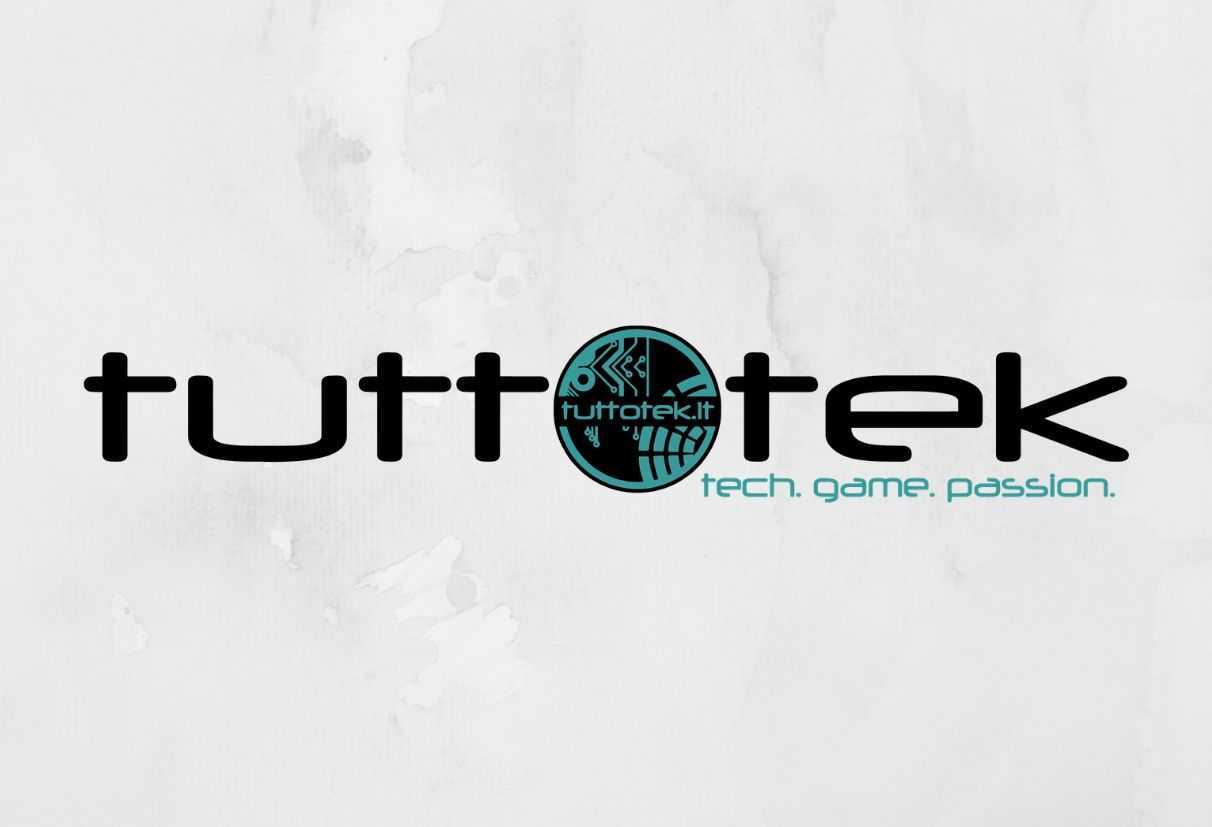





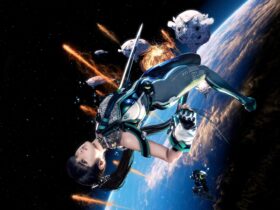
Leave a Reply
View Comments